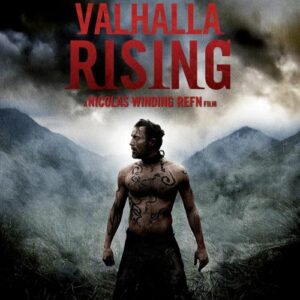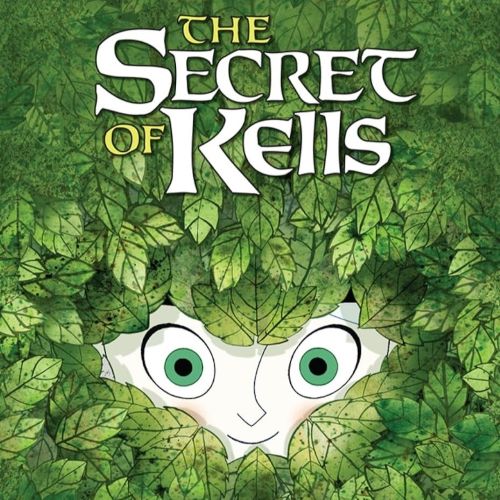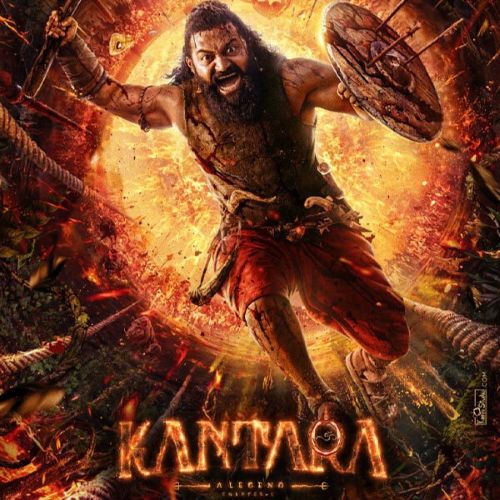Valhalla Rising (2009)
| Description | |
|---|---|
| Country of Origin | Denmark |
| Language | English |
| Genre | Adventure |
| Cast | Mads Mikkelsen, Maarten Stevenson, Ewan Stewart, Gary Lewis |
| Directed by | Nicolas Winding Refn |

Valhalla Rising (2009) is a Danish film directed by Nicolas Winding Refn that has garnered attention for its stark visuals, minimalist dialogue, and deeply symbolic storytelling. At its core, the film is an atmospheric exploration of violence, identity, and the spiritual void, but it is the mythological undertones that truly elevate it into a meditative, near-transcendental experience. The film doesn’t just tell a story set in the Viking age—it channels the dark, enigmatic energy of Norse mythology and Christian mysticism, creating a cinematic experience that is as cryptic as it is compelling.
The protagonist, a mute warrior known only as One-Eye, emerges as a mythic figure himself—silent, scarred, and seemingly invincible. His name alone is a direct reference to Odin, the Norse all-father who sacrificed one eye for knowledge. This allusion is no accident. Throughout Valhalla Rising, One-Eye’s journey mirrors that of a god-like being navigating a world plagued by chaos, violence, and spiritual desolation. His silence speaks volumes, allowing viewers to project divine or demonic qualities onto him as he journeys through blood-soaked landscapes and existential dread.
Set during a time when Norse paganism was beginning to clash with Christian ideology, the film uses this historical backdrop to explore a deeper philosophical crisis. As One-Eye joins a group of Christian crusaders on a voyage to the Holy Land, the narrative shifts into a surreal allegory. The misty sea they cross and the unknown land they reach feel less like geographical settings and more like mythic thresholds—portals to an underworld or spiritual limbo. The crusaders’ gradual descent into madness parallels mythic tales of heroes entering unknown realms only to face ruin or revelation.
What sets Valhalla Rising apart from other Viking-inspired media is its refusal to rely on conventional storytelling. Instead, the mythological elements emerge through symbols, visual metaphors, and a dreamlike atmosphere. The stark landscapes of Scotland serve as an otherworldly backdrop that feels timeless and elemental—evoking the primal earth of Norse cosmogony. The minimal dialogue and prolonged silences add to the sense of ritual, as if every movement and gesture carries mythic weight.
The film’s title, Valhalla Rising, reinforces its mythological framework. Valhalla, the hall of the slain in Norse mythology, is never explicitly shown or mentioned within the narrative, but it looms as an invisible destination—a metaphysical promise or illusion. For the warriors, the Christian crusaders, and One-Eye alike, this “Valhalla” represents salvation, transcendence, or perhaps annihilation. The rising of Valhalla can be interpreted not as a literal event but as a metaphor for spiritual awakening or doom. This ambiguity invites viewers to question the nature of belief, violence, and redemption.
The film also plays with the mythological concept of fate. One-Eye seems to possess prophetic vision—he frequently experiences visions of future events. This ties into Norse beliefs in destiny and the concept of wyrd, where all lives are woven into an unchangeable tapestry by the Norns. The presence of a young boy who serves as One-Eye’s interpreter and spiritual companion further suggests the archetype of the seer or innocent witness, another common motif in mythological narratives.
Even the film’s pacing and structure reflect the rhythm of a saga or oral legend, unfolding in chapters with titles like “Wrath,” “Silent Warriors,” and “Hell.” Each chapter pushes the narrative deeper into philosophical territory, gradually stripping away the veneer of historical realism until what remains is pure myth. By the final scenes, Valhalla Rising becomes less about history and more about a spiritual odyssey into death and beyond.
Though divisive among viewers for its slow pace and abstract narrative, Valhalla Rising stands out as a rare example of cinema that fully embraces mythological storytelling without relying on exposition. It demands patience and reflection, rewarding those willing to engage with its symbolism and silence. Rather than rehashing Viking stereotypes, it interrogates the roots of myth itself, offering a haunting meditation on belief, violence, and transcendence.
In conclusion, Valhalla Rising is a profound cinematic experience that merges myth, mysticism, and minimalism. Its mythological aspects are not mere background elements but the very fabric of its storytelling. Whether interpreted as a retelling of Norse sagas or a philosophical inquiry into spiritual identity, the film lingers like a half-remembered dream—unsettling, enigmatic, and powerful.



